You need to know Saint-Chinian.
Saint-Chinian assumes it has a crisis of identity.
“Saint-Émilion? That’s Bordeaux, right?”
“Chinon? No, that’s Loire.”
So, where exactly is Saint-Chinian? And why is this a place noteworthy for wines? And why are we so obsessed about the wines from here? (hint: It has to do with the soil)
This is in the South of France. In Languedoc.
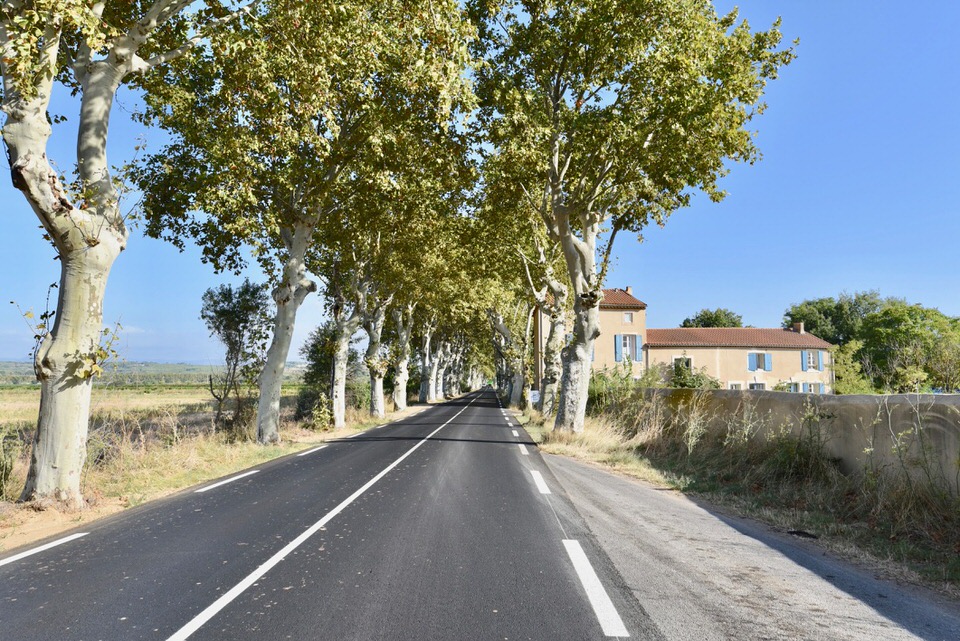
Languedoc-Roussillon is one of the largest wine growing regions in the South of France. With a diverse terrain and some growers trying to make copious amounts of wine, it is easy to make assumptions that the Languedoc is all bulk wine territory. But that ain’t so. Within Languedoc alone there are 18 different sub-appellations, many of which you have already heard of – Minervois, Corbieres etc. In Roussillon, there are 14 sub-appellations such as Collioure, Banyuls and Maury (We just talked about this earlier)
In the vast region of Languedoc is the small appellation of Saint-Chinian. To be clear, it is neither in Bordeaux nor in the Loire!
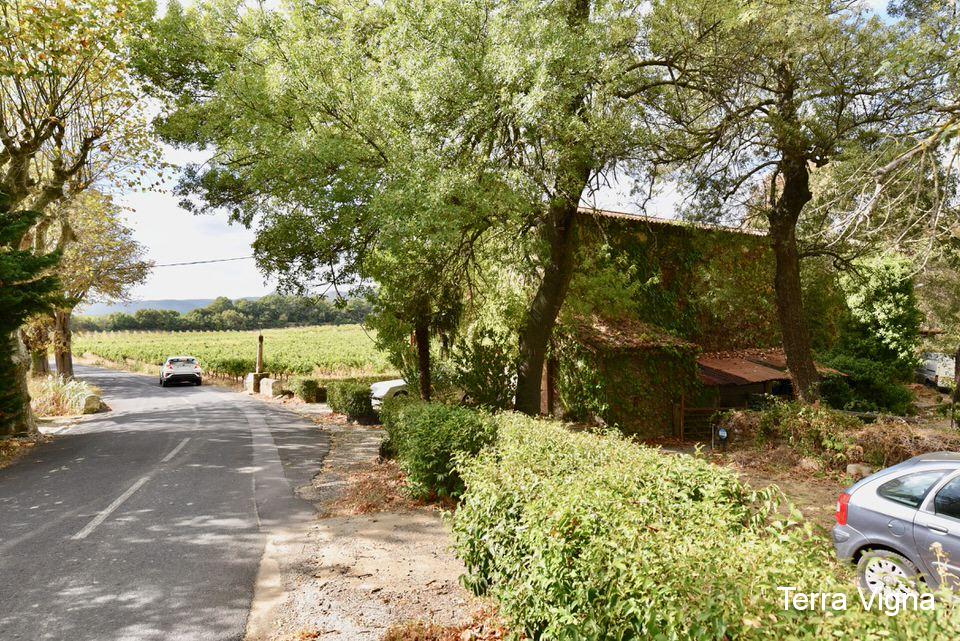
In any case, we got lost getting there. It is easy to get distracted. Can you blame us? The scenery is incredible. For instance, heading on the D39, we paused on the bridge across the Canal du Midi near Capestang. From there we headed towards Maureilhan and had to double back to Saint-Chinian through the town of Cébazan. Nobody minded, not even the GPS in our car. This is really pretty country.
There aren’t any tourists here, which was great for us. But one wonders how long this will be a secret with it’s wealth of scenic beauty, fine wines and food.
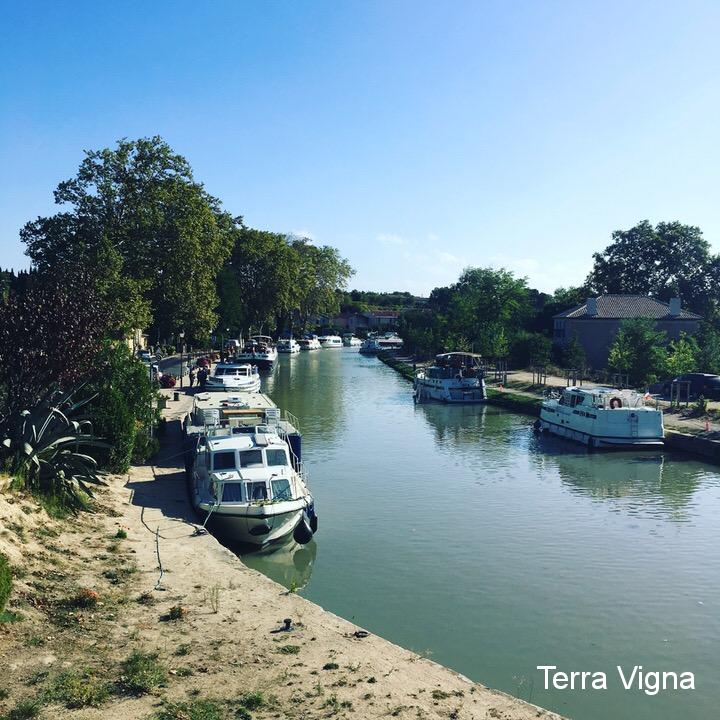
Tucked away in the northwest region of Béziers in the Herault region, the landscape is dominated by the Massif du Caroux. Within Saint Chinian, there are so many regional differences that the AOC’s official slogan seems to be “20 Villages, 1 appellation”
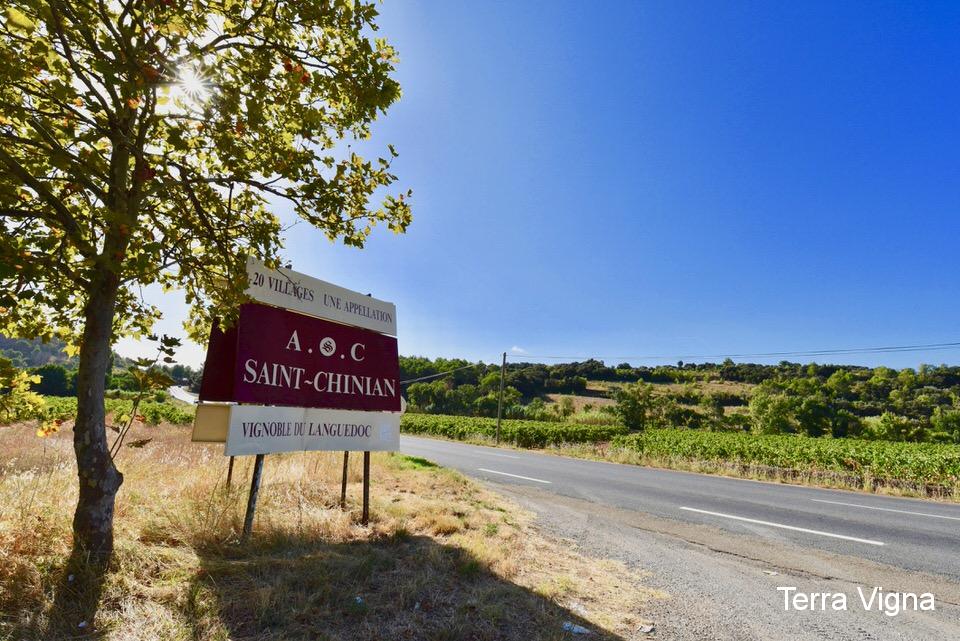
In the southern region of Saint-Chinian, the soil is mostly limestone and in the north it is schist (aka slate/shale). As Vivien Roussignol of Les Paissels said, the schist formation is almost 300 million years old..give or take!
Why is schist relevant?
Schist is basically sedimentary rocks that have been subjected to heat and pressure for millions of years. Vines don’t grow easily on schist as the roots have to dig deep over time to obtain water. Struggle is good for plants, and people I may add. The result is a wine that is high in acid, yet retaining a good amount of freshness.
We could wax poetically for hours on schist, but for a great article on schist read Andrew Jefford’s article in the Decanter.
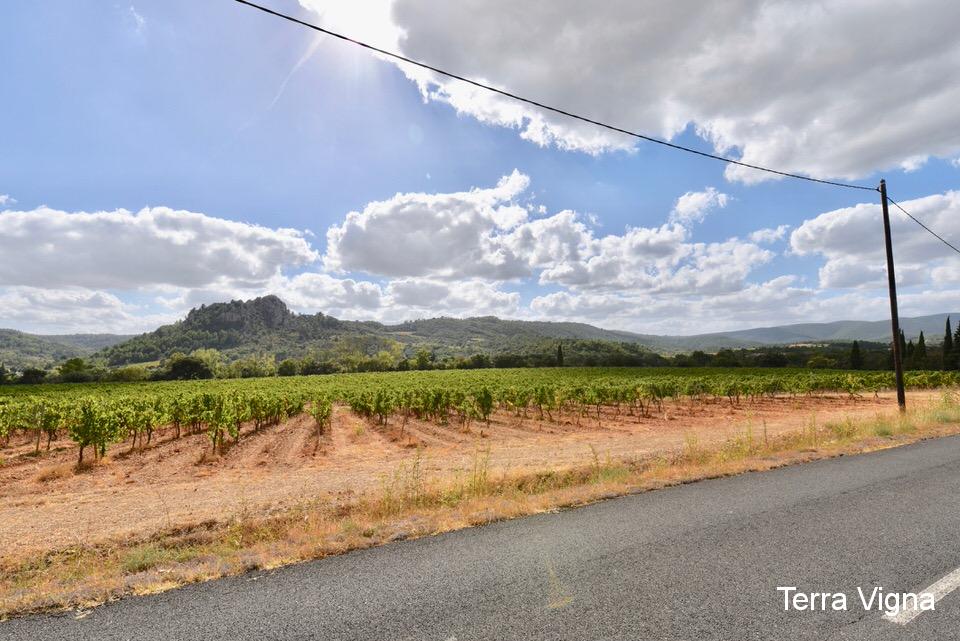
Grape varieties of Saint-Chinian
White grape varieties: Grenache Blanc, Marsanne, Roussanne, Vermentino (also called as Rolle in this region), Viognier, Bourboulenc, Clairette, Carignan blanc and Macabeu.
Red grape varieties: Syrah, Grenache Noir, Mourvèdre, Carignan, Cinsault, Lledoner Pelut.
Most reds here are blends of GSM – Grenache, Syrah and Mourvedre. But what makes Saint-Chinian particularly appealing is the presence of Cinsault and Carignan (especially the old vine kind). The wines while full throttle (Hello Mourvedre!!!) offer spice and complexity. I think where Saint-Chinian really shines and holds it’s unique identity is the Carignan.
The garrigue quality with thyme and rosemary, that you associate with Gigondas or Chateauneuf is also present here. For the price, you can afford to open this every day!
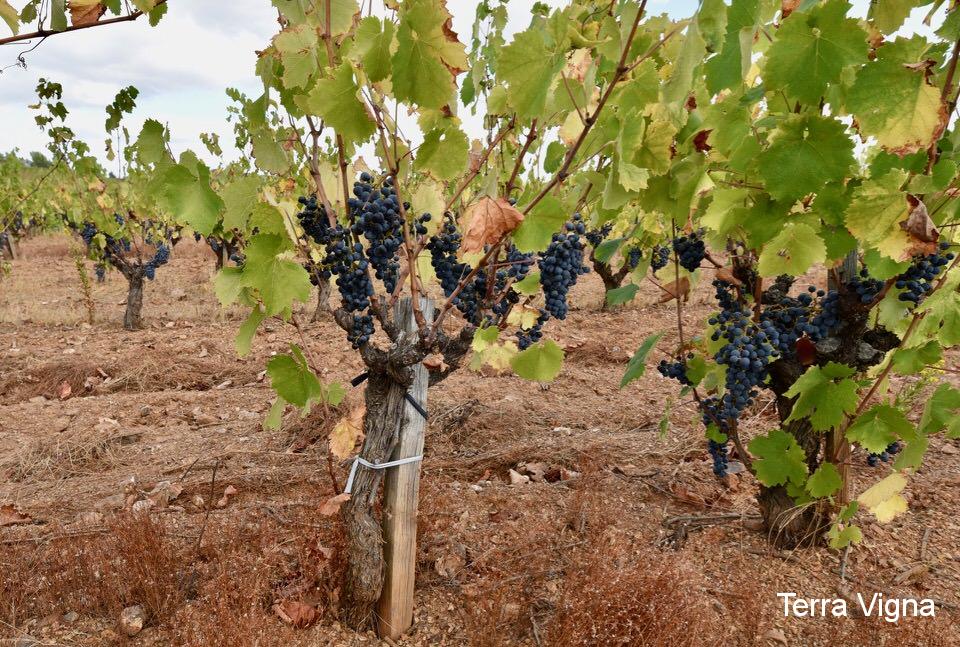
So, the next time you see a wine from a place called Saint-Chinian, grab it. You are tasting something beautiful from a beautiful region of the South of France.
Where did the name Saint-Chinian come from?
Saint-Chinian owes its name to the Benedictine monk Anhan, who founded the monastery of Saint-Laurent on the banks of the river Vernazobre in 794. He was beatified in 1102 and the monastery took his name: Sant Anhan. “Sant” in these parts was pronounced as “Santch” and by the Middle Ages Santch Anhan became Saint-Chinian.
(Source: Saint-Chinian AOC, Carnet de Vignes The Wine Tourists Guide Book)


Facebook Comments